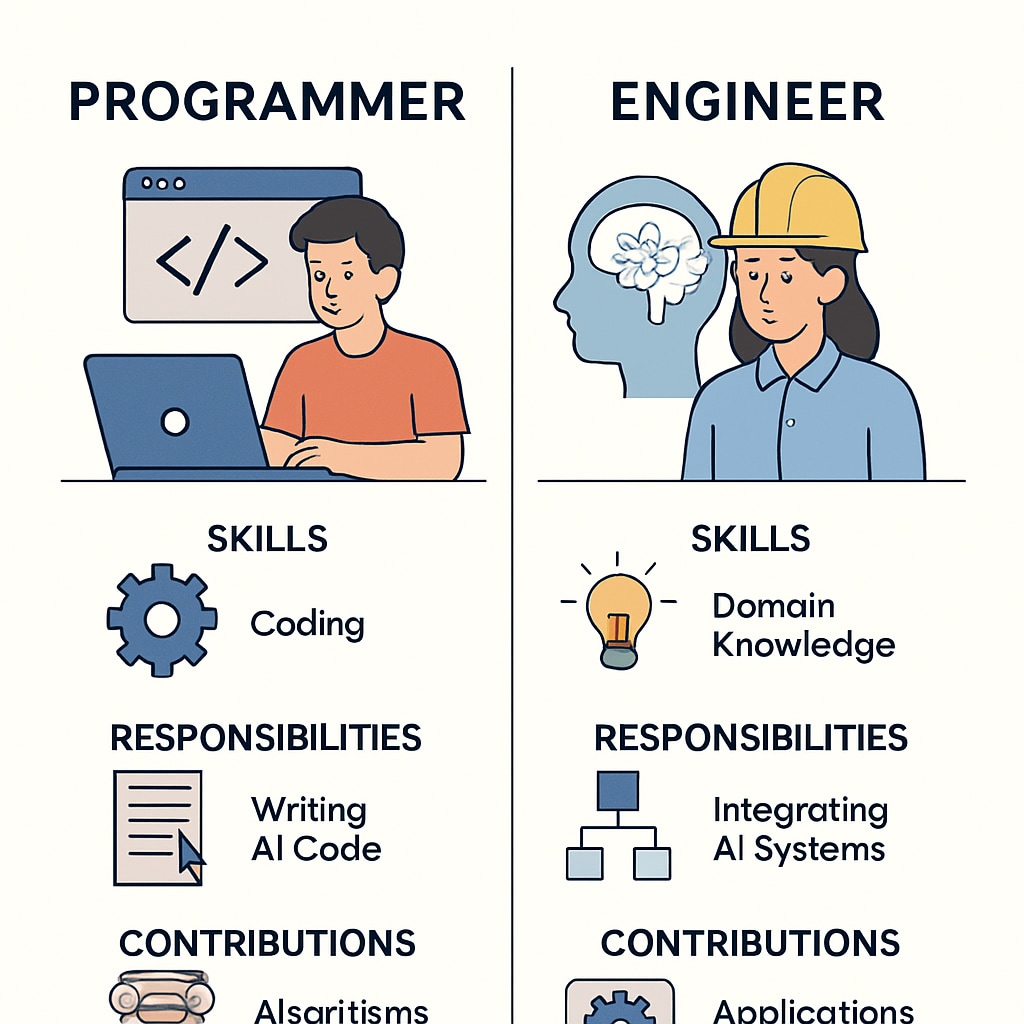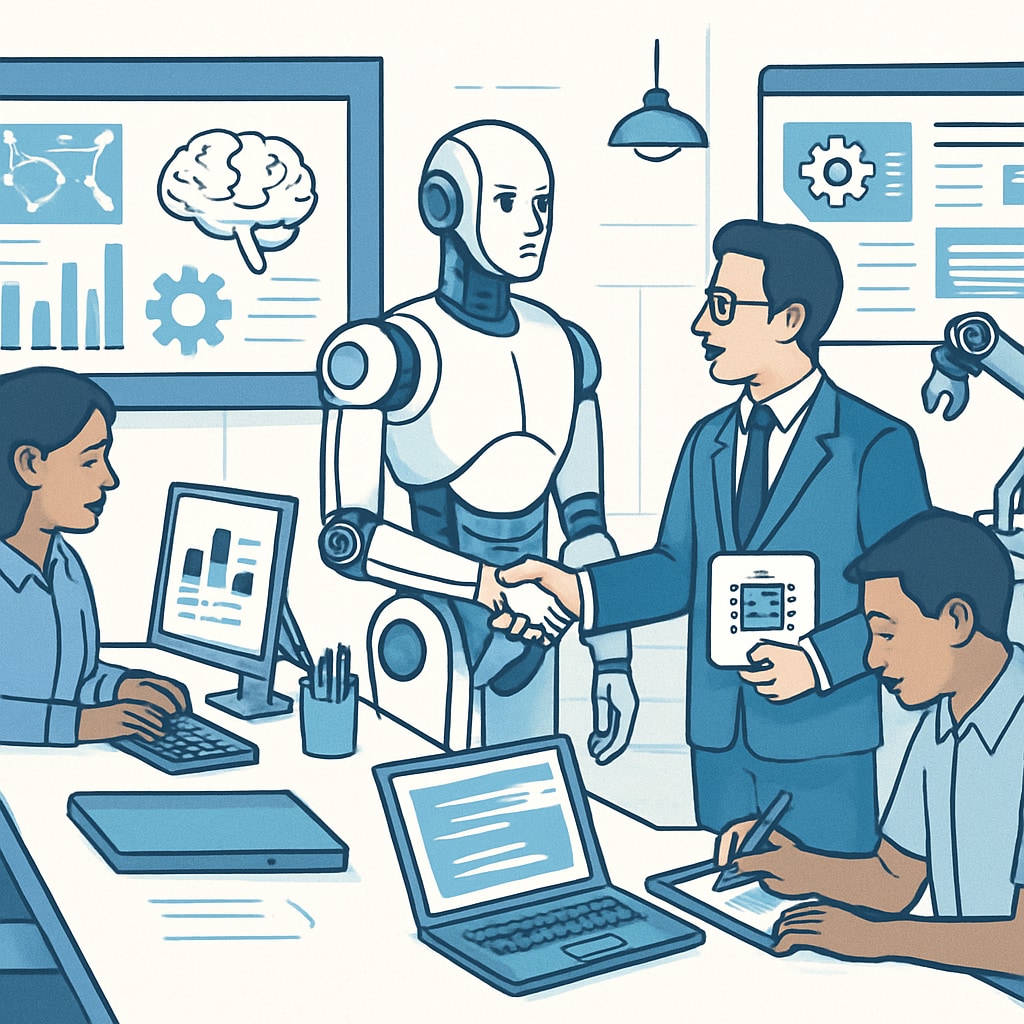In today’s AI-driven world, middle school students are grappling with tough questions about career choices. The rapid development of artificial intelligence has sparked both excitement and uncertainty about the future of work. Professions like programmers and engineers, which were once considered secure and prestigious, are now being reevaluated as AI automation reshapes industries. By understanding the distinctions between these roles and the opportunities they offer, students can better prepare themselves for success in an ever-changing workforce.
Understanding the Roles: Programmers vs. Engineers
At first glance, programmers and engineers may seem similar, as both require technical expertise and problem-solving skills. However, their core responsibilities and career trajectories differ significantly. Programmers focus on writing and testing code, creating software applications, and maintaining systems. They specialize in programming languages like Python, Java, or C++ to bring digital solutions to life.
In contrast, engineers, particularly those in software or systems engineering, take a broader approach. They design, develop, and oversee entire systems, ensuring compatibility between hardware and software. Engineers often work in interdisciplinary teams, applying engineering principles to solve complex problems beyond coding. While programmers build the components, engineers orchestrate how those components fit together.

How Artificial Intelligence is Reshaping Career Choices
Artificial intelligence is transforming industries at an unprecedented pace. Automation and machine learning have taken over repetitive tasks, reducing the demand for certain entry-level programming jobs. However, this does not mean that programmers and engineers are becoming obsolete. Instead, their roles are evolving. For example, engineers are now tasked with designing AI-driven systems, while programmers focus on developing algorithms and refining AI models.
According to a recent Britannica entry on artificial intelligence, the rise of AI has also created new job categories, such as AI ethicists, data scientists, and machine learning engineers. These roles require a combination of technical skills, creativity, and ethical decision-making. As a result, students need to develop a mix of hard and soft skills to remain competitive in this evolving job market.

Practical Advice for Career Planning in the AI Era
For middle school students uncertain about their future, the AI revolution can feel overwhelming. However, there are several strategies to help navigate this new landscape:
- Explore Interests Early: Engage in extracurricular activities like coding clubs, robotics teams, or STEM workshops to discover your passions.
- Develop Lifelong Learning Habits: AI-driven fields demand continuous learning. Platforms like edX and Coursera offer courses on AI and programming for learners of all ages.
- Combine Technical and Soft Skills: While technical proficiency is important, communication, teamwork, and critical thinking are equally valuable in AI-related careers.
- Seek Mentorship: Connect with professionals in your desired field to gain real-world insights and guidance.
By staying curious and adaptable, students can not only survive but thrive in the AI era.
Conclusion: Embracing the Future
While the challenges posed by artificial intelligence are real, they also present immense opportunities. Middle school students today have the chance to shape the future by aligning their career choices with the demands of the digital age. By understanding the roles of programmers and engineers, staying informed about industry trends, and cultivating a growth mindset, they can confidently navigate the AI wave and build fulfilling careers.
Readability guidance: This article uses short paragraphs, clear headings, and a combination of lists and examples to improve readability. Active voice is prioritized, and complex sentences are minimized. Transition words like “however,” “therefore,” and “for example” are included to ensure smooth reading flow.


